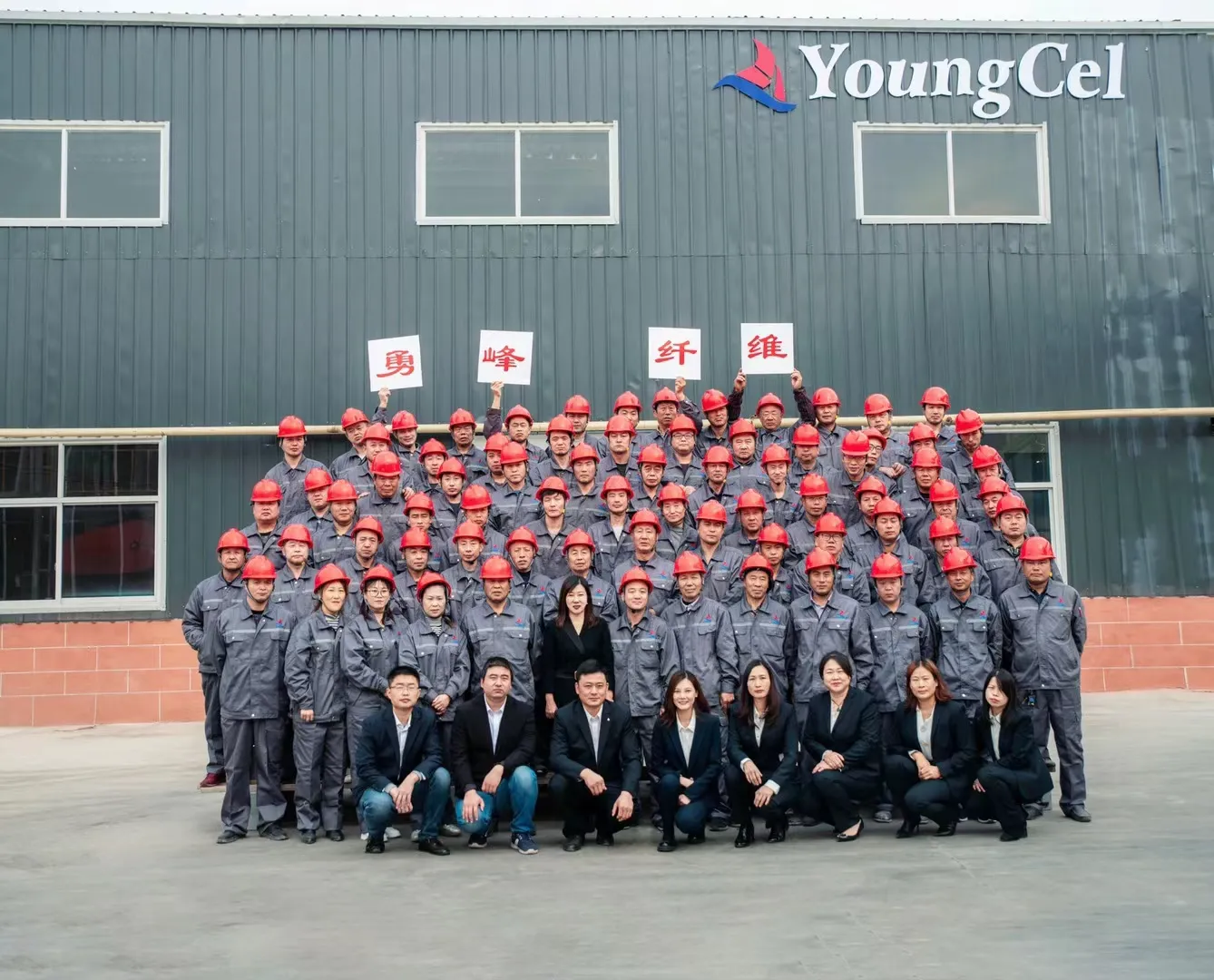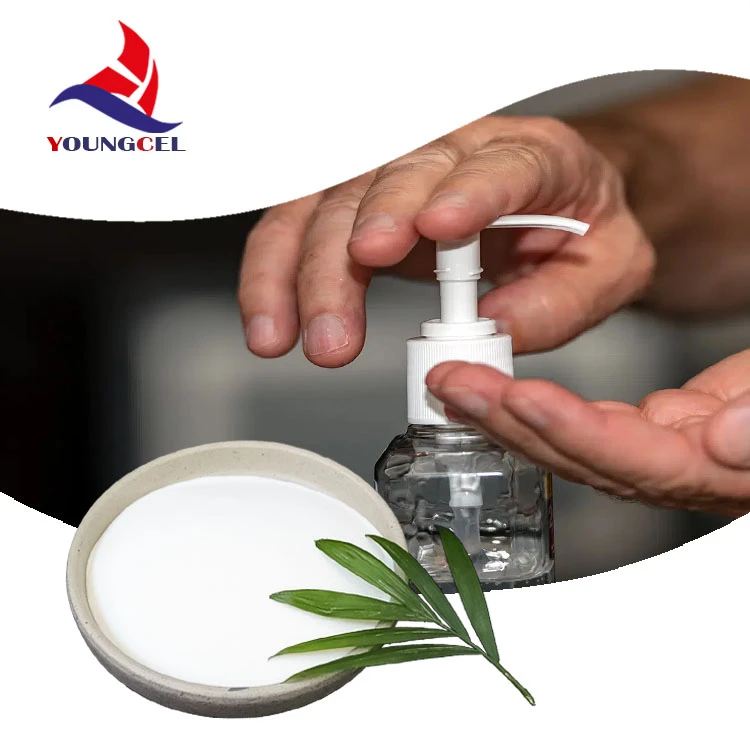- Understanding MHEC Powder: Core Properties and Market Impact
- Technical Advantages Over Competing Cellulose Ethers
- Performance Comparison: Leading Manufacturers Analyzed
- Custom Formulations for Industry-Specific Requirements
- Real-World Applications Across Key Sectors
- Innovation Trends in Hydroxyethylcellulose Technology
- Why MHEC Powder Solutions Drive Modern Industrial Efficiency

(mhec powder)
Understanding the Essential Qualities of MHEC Powder
MHEC (Methyl Hydroxyethyl Cellulose) powder has emerged as a critical functional additive across industries, with global consumption reaching 285,000 metric tons in 2023 according to GIR (Global Info Research). As a non-ionic cellulose ether, it combines methyl and hydroxyethyl substitutions to deliver unique water retention, thickening, and film-forming capabilities. The compound's thermal gelation temperature (typically between 60-90°C) makes it indispensable in cementitious systems and paint formulations.
Technical Superiority in Material Science
Comparative laboratory tests demonstrate MHEC's 18-23% higher water retention efficiency versus conventional HPMC (Hydroxypropyl Methyl Cellulose). Key performance differentiators include:
- pH stability (effective range 3-11)
- Shear-thinning behavior with 1500-4500 mPa·s viscosity
- Delayed dissolution preventing lump formation
Manufacturer Performance Benchmarking
| Supplier | Viscosity Range | Moisture Content | Certifications |
|---|---|---|---|
| Shin-Etsu | 5,000-60,000 mPa·s | ≤5% | REACH, FDA 21 CFR |
| Dow Chemical | 15,000-75,000 mPa·s | ≤4.5% | ISO 9001, Halal |
| Ashland | 10,000-50,000 mPa·s | ≤6% | Kosher, NSF/ANSI |
Tailored Solutions for Industrial Challenges
Advanced manufacturers now offer application-specific gradations:
- Construction-grade MHEC (20-50μm particle size)
- Pharmaceutical-grade (99.5% purity)
- Low-dusting variants for automated systems
A recent case study documented 32% reduction in mortar slump loss when using particle-engineered MHEC in precast concrete production.
Cross-Industry Implementation Successes
In the coatings sector, MHEC-modified formulations show 41% improved open time compared to traditional thickeners. The adhesive industry reports 0.68 g/cm³ density reduction in lightweight wood composites through optimized cellulose ether integration.
Next-Generation Cellulose Ether Development
Emerging technologies focus on:
- Bio-derived substitution agents (23% lower carbon footprint)
- Nanocellulose hybrid systems
- Thermoresponsive viscosity modifiers
Optimizing Processes with MHEC Powder Solutions
The global MHEC market is projected to grow at 8.2% CAGR through 2030 (Grand View Research), driven by its unmatched performance in water-based systems. From enhancing tile adhesive open time to stabilizing pharmaceutical creams, this cellulose derivative continues to enable precision manufacturing across temperature extremes and chemical environments.

(mhec powder)
FAQS on mhec powder
Q: What is MHEC powder used for?
A: MHEC powder (Methyl Hydroxyethyl Cellulose) is a cellulose ether primarily used as a thickener, binder, and water-retention agent in construction materials like mortars, adhesives, and coatings.
Q: How does MHEC differ from HPMC?
A: MHEC and HPMC (Hydroxypropyl Methyl Cellulose) are both cellulose derivatives, but MHEC offers better water retention and improved solubility in cold water, while HPMC provides higher thermal gelation stability.
Q: Is MHEC powder eco-friendly?
A: Yes, MHEC powder is biodegradable and derived from renewable plant-based cellulose, making it an environmentally safe choice for industrial and construction applications.
Q: What factors affect the viscosity of MHEC solutions?
A: The viscosity of MHEC solutions depends on concentration, temperature, and particle size. Higher concentrations and lower temperatures typically increase viscosity, while finer powders dissolve faster.
Q: Can MHEC powder be used in food or pharmaceuticals?
A: No, standard MHEC grades are industrial-use only. Specific cellulose ethers certified for food/pharma applications must meet stringent regulatory standards, which MHEC typically doesn’t.
-
Rdp that The Revolutionary Polymer Powder Transforming Modern Construction MaterialsNewsAug.11,2025
-
Hpmc Powder that Versatile Additive for Detergents and Personal CareNewsAug.11,2025
-
Hpmc Hydroxypropyl Methylcellulose that Essential Building Material Additive from Shijiazhuang Gaocheng YongfengNewsAug.11,2025
-
Hydroxypropyl Methyl Cellulos Hpmc that Essential for Construction ApplicationsNewsAug.11,2025
-
Mhec Powder that Revolutionizing Construction Chemistry with Cellulose Ether SolutionsNewsAug.11,2025
-
Industri Hpmc that The Global Backbone of Advanced ConstructionNewsAug.11,2025




